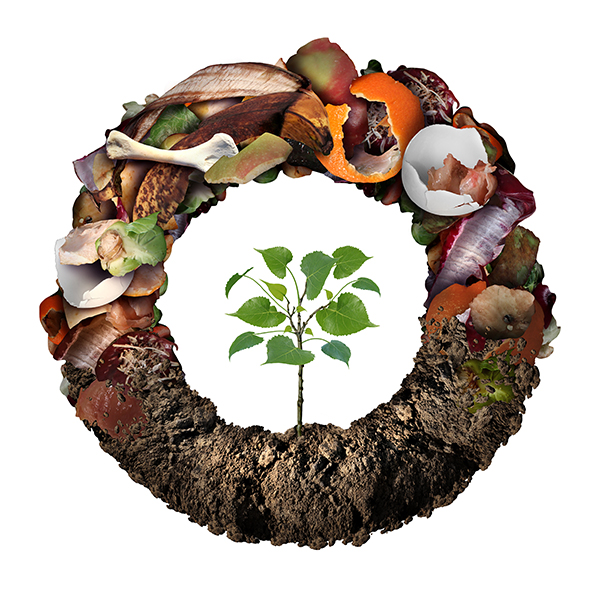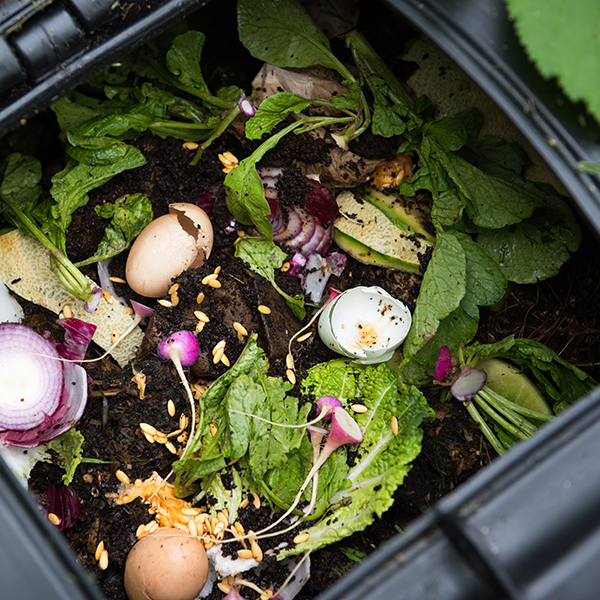If you are looking for a way to manage your waste more sustainably at home, here are some helpful tips.
We are a 100% women-owned small business located just outside of Savannah, Georgia. Our mission is to provide greener solutions for America’s industrial manufacturers and to create a better future for generations to come. We offer organic waste removal services to bottling and food processing plants and convert it into grade A compost.
Local food scrap collection.
If you’re looking for ways to reduce food waste and contribute to sustainable practices, consider seeking out local food scrap collection services. Numerous cities offer community-based composting programs that collect food scraps or provide drop-off locations. Some programs even offer bins for households to collect their food scraps, and charge a nominal fee to collect and transform them into compost that can be used at home or donated to community gardens. By participating in local food scrap collection programs, you can support eco-friendly initiatives and reduce your carbon footprint.

DIY home composting.
YOU can compost at home! Backyard composting has become more popular in recent years. You can build or purchase a composting bin that is suitable in size for the amount of food waste you have. There are a variety of different types from counter top composters for people with limited yard space to outdoor compost tumblers that make it easy to turn the material or larger outdoor bins that require manual turning.
Home composting processes can either be with a pile or bin or worm composting, also known as vermicomposting.
For bin composting, maintain temperatures between 130 degrees F to 160 degrees F and turn your pile regularly to allow proper aeration. Make sure you have the right ingredients at the right percentages – Generally, a 4:1 mix of browns to greens is a good mix.
Brown material.
This is dry or woody plant material, such as dry leaves, wood chips, straw, newspaper and twigs. Brown material is carbon-rich and provides food for the microorganisms, as well as helps to add bulk and allow air to better penetrate the compost. If your pile is smelly, it might be too wet and/or may need more aeration. You can add more browns and turn the pile to add more air circulation.
Green material.
This is your wet material, such as food scraps, grass clippings, and coffee grounds. Green materials are high in nitrogen and supply most of the nutrients in your compost. They provide the heat needed for the material to breakdown. If your pile is not getting to the right temperatures, you may need to add more greens.
Vermicomposting.
For bedding, similar to brown material, use shredded newspaper, cardboard or dry leaves. In regard to food, similar to green material, worms will feed on most fruit and vegetable scraps, coffee grounds, crushed eggshells, and paper tea bags.
Moisture & air.
If your pile is too dry, it will not decompose properly so you may need to add some moisture and allow for air to circulate to maintain proper oxygen levels.
How to use.
You can use your finished compost by adding it to your soil as a soil amendment with two-four inches of compost added to the top six to nine inches of your soil or as a mulch with a three-inch layer of compost on the surface after loosening the soil.
Things to avoid.
Avoid citrus fruits, bones, meat, dairy products, pet waste and odorous foods like onions and garlic.
